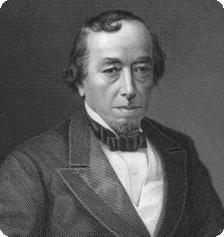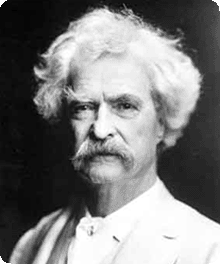|

May 18, 2008
How do you report on the disappearance of an absence? Especially when it may have never not been there in the first place?
Back in November of last year, we joined in the general astonishment by publishing a Sampling on the discovery of what appeared to be a vast hole in the universe, inexplicably devoid of galaxies and stars. Now another team of astronomers, Kendrick Smith of the University of Cambridge and Dragan Huterer at the University of Michigan, Ann Arbor, has reanalyzed the statistics that were used to infer the existence of the nonexistence, and is pretty sure it’s a nonstarter.
A giant hole in the cosmos that shocked astrophysicists last year may not exist after all. A re-examination of the area has found that the ’void’, which supposedly contained far fewer stars and galaxies than expected, could be a statistical artefact.

The apparent void was spotted by Lawrence Rudnick and colleagues at the University of Minnesota in Minneapolis. Rudnick had become intrigued by another puzzling finding: a cold spot in the cosmic microwave background measured by the WMAP spacecraft. He used data from the Very Large Array telescope at the National Radio Astronomy Observatory near Socorro, New Mexico, to study the area and concluded that the cold spot coincided with a void almost 1 billion light years across, the largest anyone had ever seen.

The story grabbed headlines with reports of “a huge hole in outer space”, which no current theories of cosmology could explain. If the void were real, astronomers would need to rewrite their theories of structure formation in the universe. Some astrophysicists even claimed it was the unmistakable imprint of another universe (New Scientist, 24 November 2007, p 34).

But a new analysis casts doubt on Rudnick’s conclusion.
Make “equally valid though different choices” in analyzing the data, the challengers explain, and you could even come to the opposite conclusion:
[T]he void disappears entirely, says Smith. It is even possible to find a region with an overabundance of galaxies within the cold spot with the same degree of statistical significance.
It’s enough to make you recall the gibe Mark Twain attributed to Benjamin Disraeli:
There are three kinds of lies: lies, damned lies and statistics.
It’s not that most scientists use statistics to lie. It’s that statistics themselves lie—or at least, equivocate! (Stay tuned for an upcoming post on another statistical controversy that’s just landed on our doorstep via an April Sampling: does temperature or precipitation fluctuate regularly every week in tandem with emissions from commuting and other human activities? Or not?)
Forget statistics, says yet another astronomer observing the controversy. They’re too indirect:
Eiichiro Komatsu, an astronomer at the University of Texas at Austin, says the best way to settle the matter is to point an optical telescope at the cold spot and count the number of galaxies at different distances. You could then construct a 3D map of the region and see whether there is a large empty patch or not.
Start counting, guys. We need to know! Is it not there, or isn’t it?


(Annie Gottlieb) |
Comments (add yours!)

Return to May home
|




 “The scientist. He will spend thirty years in building up a mountain range of facts with the intent to prove a certain theory; then he is so happy in his achievement that as a rule he overlooks the main chief fact of all—that his accumulation proves an entirely different thing.”
“The scientist. He will spend thirty years in building up a mountain range of facts with the intent to prove a certain theory; then he is so happy in his achievement that as a rule he overlooks the main chief fact of all—that his accumulation proves an entirely different thing.”